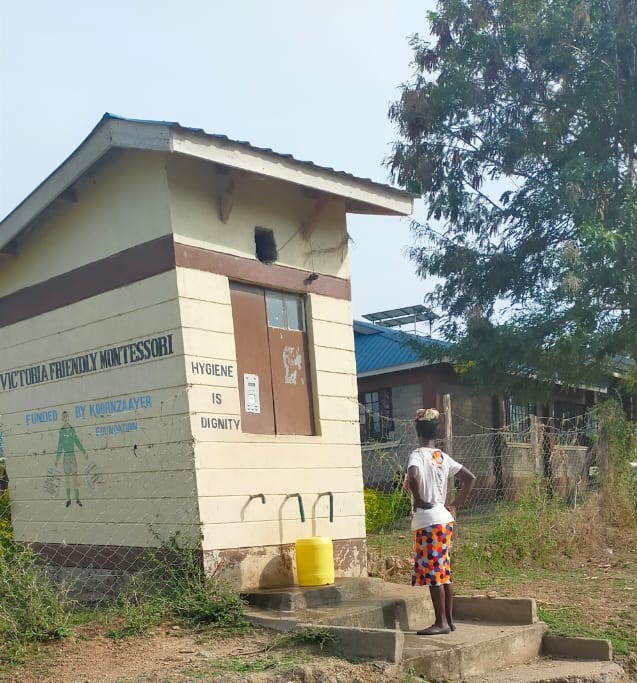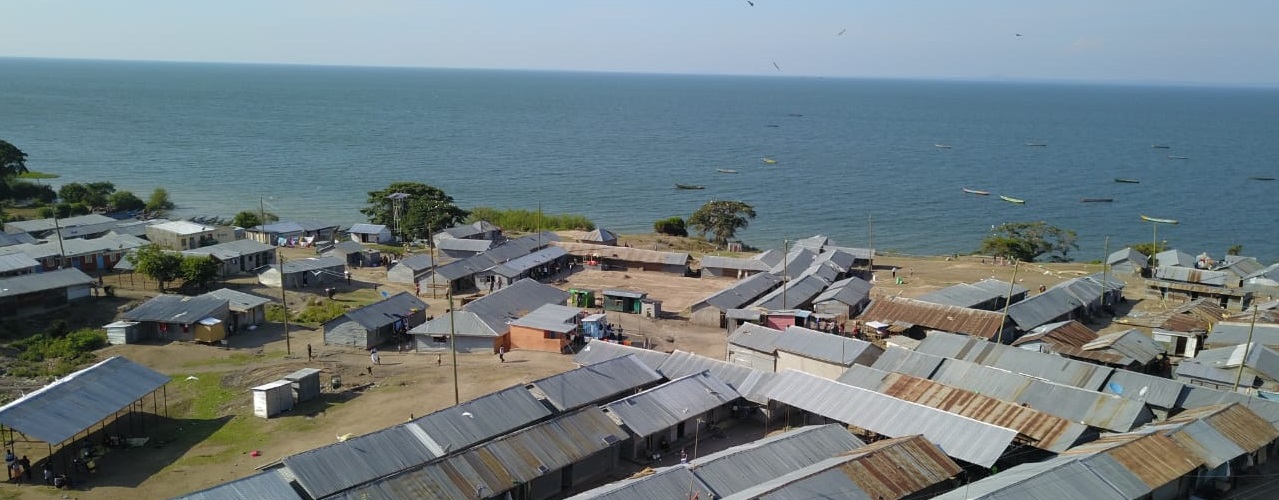WATER sanitation and hygiene



The main purpose of VFM is to develop the capacities of the grassroots communities along the Lake Victoria basin to mitigate against effects of poverty through sustainable community-led interventions.
Target No. 10
of the MDG No. 7 on Environmental Sustainability seeks to halve by 2025 the
proportion of the population without sustainable access to safe drinking water
and basic sanitation, this target is yet to be achieved. This is also anchored
in the Sustainable Development Goal (SDG) number 6. Nationally 64.6% of population has safe drinking water
while within Nyanza the percentage is 66.4% (KDHS 2018). This is one of the
major contributing factors to high cases of water borne diseases in the Sub
County, including cholera outbreaks.
Proportion of Rusinga West population with access to
safe drinking water (treated or piped supply) is 11.8%, despite the fact that
the location is surrounded by the freshwaters of Lake Victoria, the lake water
is heavy polluted by the human and industrial activities along the lake shore.
Factors limiting access to potable drinking water include few number of protected water sources, poor water distribution network and long distances travelled to the water sources which is. Household water harvesting and storage facilities such as gutters and tanks are also lacking. During the programme design workshop, the stakeholders from the area and those from VFM program ranked WASH as the most pressing need among the other identified needs.
The most affected by lack of safe water area are children and women. Program Evaluation report indicated that the average distance covered to access water in the areas during dry season is 2.5 kms. This distance coupled with the time taken to collect water especially during dry season was a great concern to the stakeholders during the design workshop. In an event whereby access is addressed by partners the “lost’ time will be utilized for other productive activities most of which are agriculturally income generating thus improving the living standards of communities within the area..
The Kenya integrated household and budget
survey and Evaluation report revealed that the prevalence of diarrhoea for
children (0-59 months) is 27%,
which was higher than that of Homa Bay County and the country of 23% and 10%
respectively. This is an indication of poor sanitation practices in the area.
The Evaluation report recommended that the through community sensitization on
proper hygiene and sanitation practices to contribute to the reduction of the
water borne diseases (Kenya
Integrated Household Budget Survey 2015/16).
Mile stones:
